How to add noise to get a lo-fi effect
From subtle analogue vibe to extreme destruction. Here’s how to do it properly
In the current climate of immaculately-produced pop music, shiny electronica and cutting-edge signal generators, there’s something refreshingly rebellious and creative about wholeheartedly embracing a lo-fi approach to production.
Ironically, recording engineers of yesteryear were always trying to overcome the analogue recording studio’s sonic limitations in the search for increases in fidelity, as signals would degrade more and more as they were piped through more stages of analogue gear - but fast-forward several decades and the digital signal path is just too clean and hi-fi for many tastes, leaving us yearning for that raw, old-school sound again.
One of the simplest and most effective ways to inject your in-the-box productions with instant lo-fi character is by blending recordings of analogue hum and noise into the mix. Let's see how it's done…
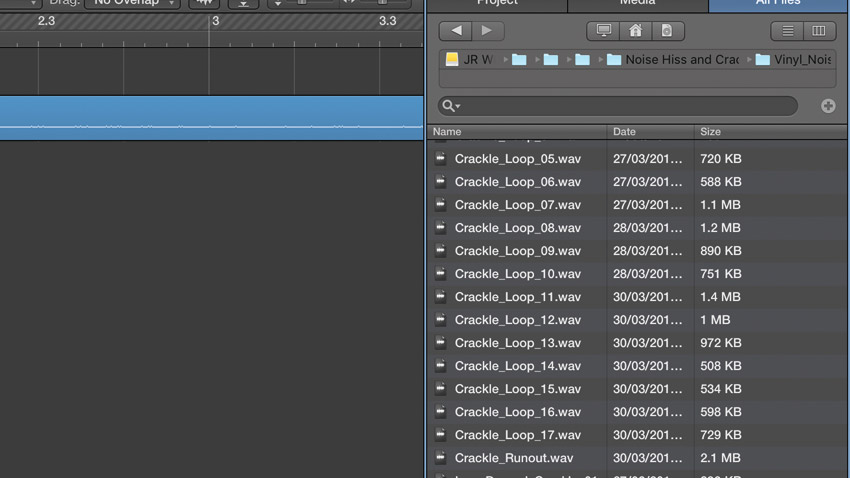
Step 1: First, stockpile a collection of noise recordings in your samples folder - vinyl crackle, tape hiss, mains hum… anything you can get your hands on.
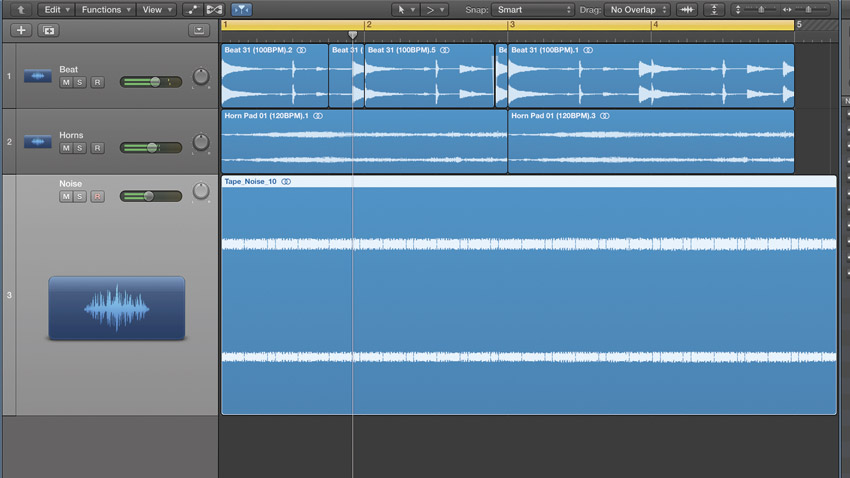
Step 2: For instant analogue flavour, load an audio file of some noise in your DAW and copy it throughout your project. The secret is choosing the best noise signal for your track - vinyl crackle and noise will give a bubbling ‘sampled’ vibe, while tape noise or system hum will imbue the mix with analogue character.
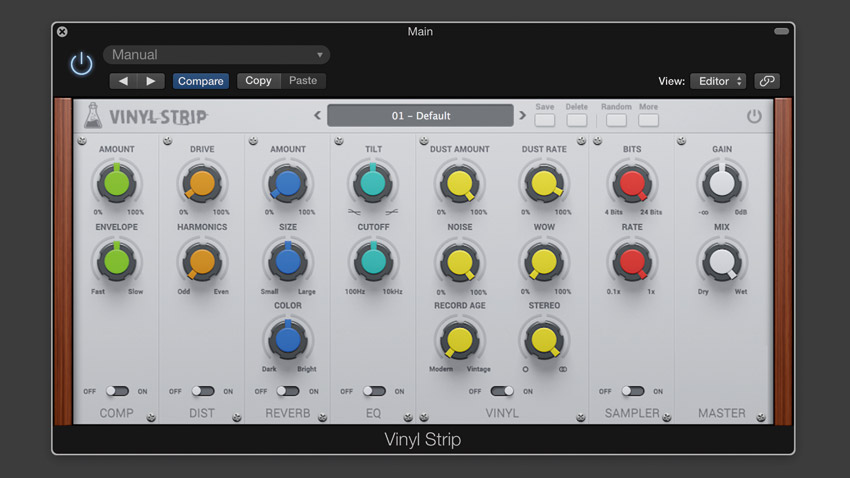
Step 3: Speaking of hum, you can retroise even the shiniest digital soft synth by layering a sample of dirty mains hum over the top. If layering additional audio channels is a bit long-winded, insert a noise-outputting effects plugin such as VPS Vinylizer or AudioThing’s Vinyl Strip on the channel, and fade the noise in to taste.
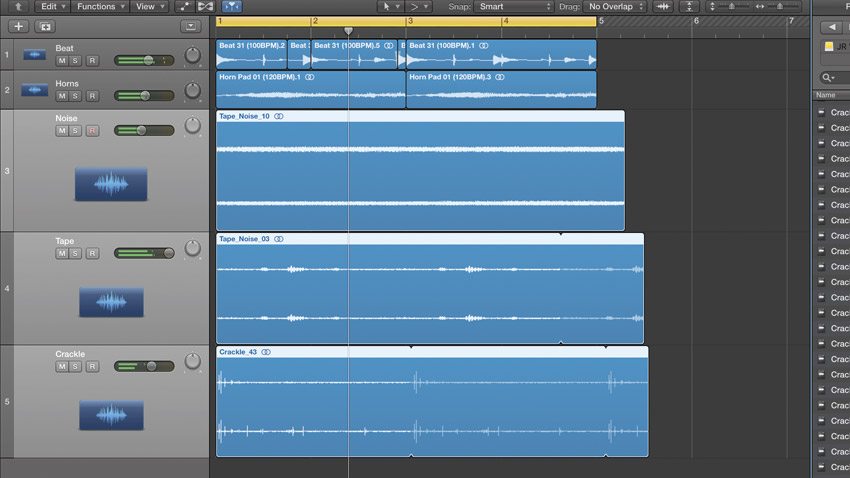
Step 4: To take this virtual analogue approach even further, stack up multiple noise layers in the same project - for example, a bit of mains hum to emulate dodgy cabling, some tape hiss to virtually run the sound through tape, and a splash of vinyl pop and crackle to make it sound like it’s playing from a crusty vinyl record.
Get the MusicRadar Newsletter
Want all the hottest music and gear news, reviews, deals, features and more, direct to your inbox? Sign up here.
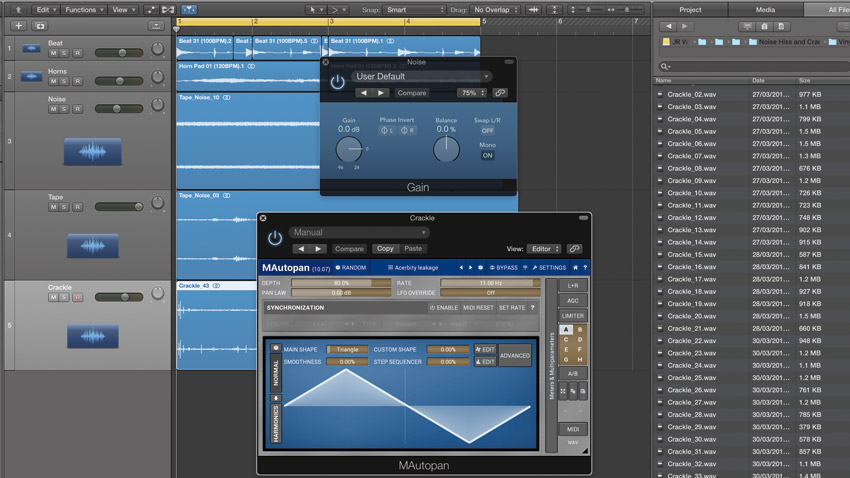
Step 5: To keep your noise layers sounding rough, ready and authentic, be sure to keep them in mono throughout the track. However, if you want to modernise the noise and use these signals as more creative ear candy, try panning (or auto-panning) two or more signals around the stereo field, or even try some widening effects.
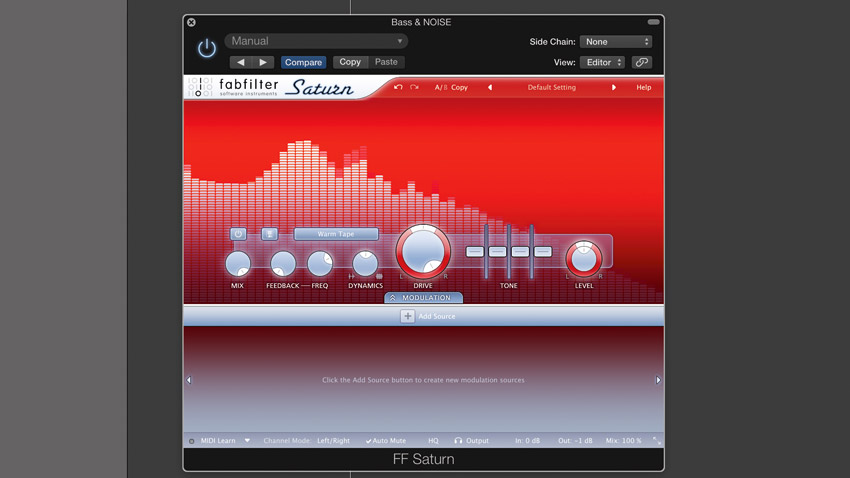
Step 6: Finally, noise is great for experimental sound design. Like stacking up synth layers? Blend some subtle noise in with them, then process the whole lot to pull the noise out between the notes. Or, when distorting synth bass, try mixing in characterful noise first, then distort the bass and noise together to exacerbate this fizz.
Future Music is the number one magazine for today's producers. Packed with technique and technology we'll help you make great new music. All-access artist interviews, in-depth gear reviews, essential production tutorials and much more. Every marvellous monthly edition features reliable reviews of the latest and greatest hardware and software technology and techniques, unparalleled advice, in-depth interviews, sensational free samples and so much more to improve the experience and outcome of your music-making.










